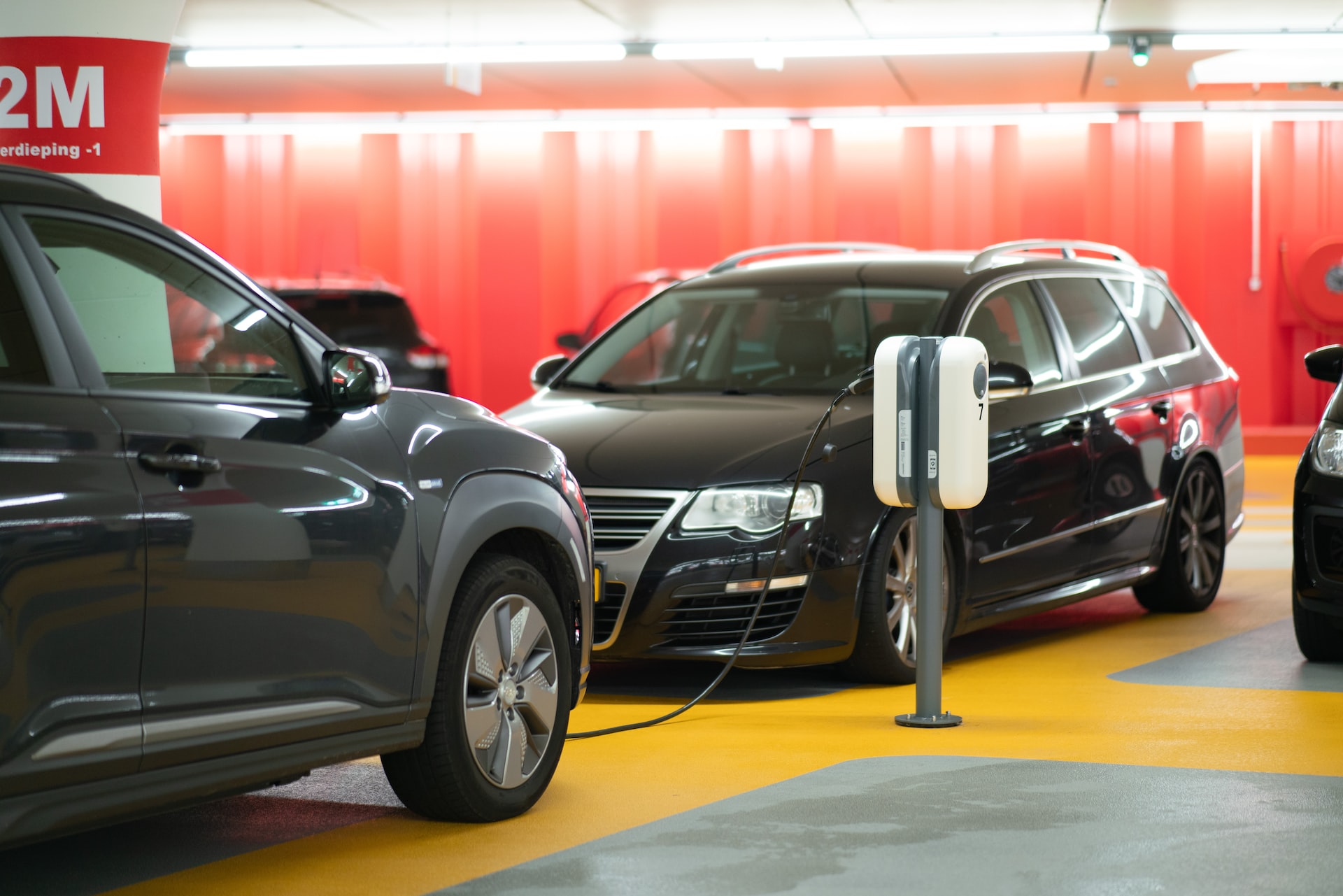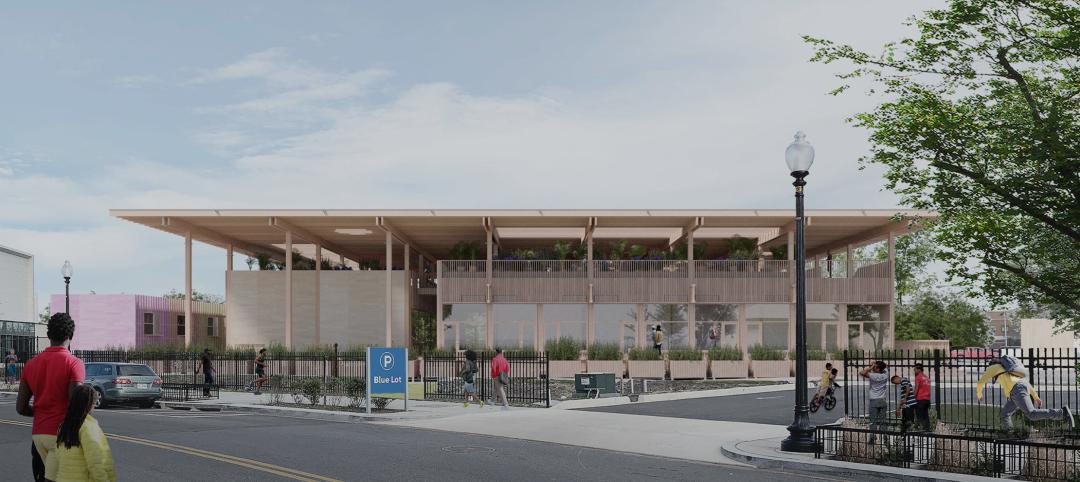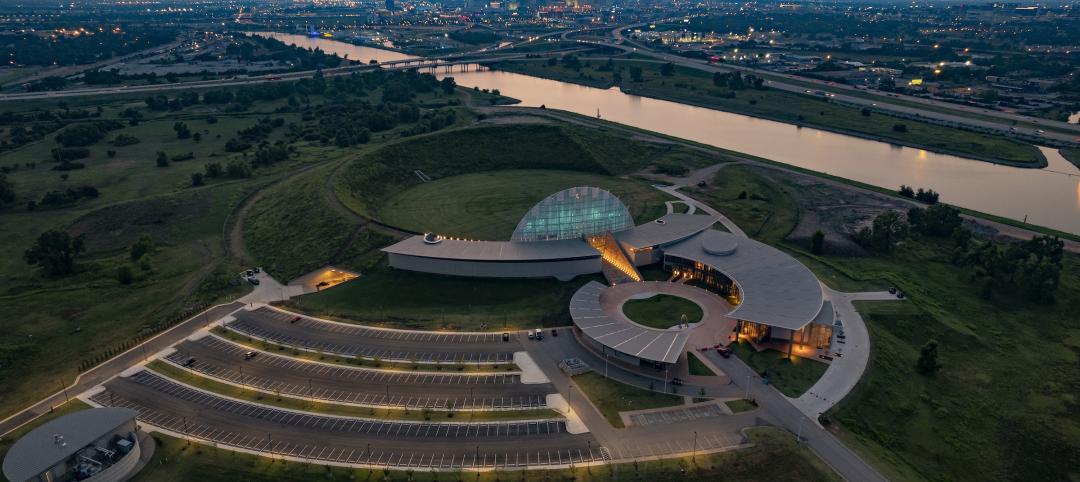Lithium-ion batteries (LIB) have become the dominant technology in phones, laptops, scooters, electric bikes, electric vehicles, as well as large-scale battery energy storage facilities. As such, it is important to systematically consider their impact on fire safety inside buildings, especially since electrification is a critical part of the effort to limit climate change.
The root of the fire safety challenge is thermal runaway in LIBs. This is a process in which overheating, improper charging, construction defects, mechanical abuses, deterioration due to age and use, and similar causes can start an unstable process resulting in the sudden release of hazardous combustible and explosive gases and the initiation of fire.
Different LIB systems can range from highly reliable to less reliable depending on how they are designed, constructed, and used, as well as their safety features. However, the exponential growth in the number of batteries and the high variability in their types and conditions of use means there will be more fires that are related to this technology. Therefore, we need to understand the challenge at different scales and how it should lead to changes in design and construction.
Fire safety concerns with small-, medium-, and large-scale lithium-ion battery applications in buildings
In terms of small-scale applications of this technology, electric mobility devices such as scooters and bikes are widely used, especially in dense urban areas, as a convenient, inexpensive, and rapid means of transportation. Oftentimes, they are stored close to or just behind apartment doors and may be used with non-standard chargers. These devices can initiate fires that are fast and furious with no warning. Because these fires often have a jet flame component and sometimes throw off flammable pieces, they can spread quickly. When stored next to doors, these devices can prevent building occupants from escaping and complicate fire service response and rescue.
By contrast, typical building fires start locally and are slow moving, giving occupants time to respond or escape. This risk is not theoretical. New York City is already experiencing a dramatic rise in the number of fires caused by electric mobility devices. Frequently, improper charging or placement of these devices has contributed to the risk. At this scale, improvements to manufacturer standards, public education, and building rules on where and how electric mobility devices may be stored or charged can help improve fire safety.
At the medium-scale level, individual electric vehicles and small battery energy storage systems (BESS) for single-family residences can have considerable fire potential and require special attention to mitigate the risk. In addition to manufacturer standards, strategies involving appropriate use of fire protection systems, as well as creating distance between the LIB system and the occupied spaces of a building (e.g., separation of parking spaces, installation of BESS outside occupied spaces), can help reduce the threat of fire.
In large-scale applications, large BESS or parking garages with multiple electric vehicles inside a building can pose a significant fire safety challenge. The nature of hazards associated with these systems is different from that of typical fires. These differences can greatly change the risk profile for buildings, their occupants, and first responders. The challenge is driven by the combined fire, explosion, and hazardous material risk of these events. The total heat release of a gas-fueled car and an electric car might not be very different. However, the fire from an electric car can start fast and furious, with jet flames that make it easier to set the next car ablaze as well.
It takes much more water and time to extinguish a fire from an electric car. In addition, any part of the combustible gasses released from the electric vehicle that does not burn could contribute to an unexpected explosion. A parking area, with multiple electric cars in proximity to one another, may experience a fire that spreads much faster, is more difficult to extinguish (due to safety and extinguishment challenges for the fire service) and is, therefore, likely to burn longer. A large-scale LIB BESS inside a building could pose similar challenges.
For this large-scale challenge, there is a need for greater awareness, as well as increased collaboration between stakeholders (including regulating bodies, first responders, technical associations, owners and developers, and design professionals) to fully define the extent of the challenge and develop an outline of solutions. This is a fast-growing and quickly changing environment, and we need proactive, positive engagement from all involved.
Risk mitigation measures for electric vehicles, battery energy storage systems in buildings
Fortunately, for both electric vehicles in indoor parking spaces and large-scale BESS locations inside buildings, some guidance for risk mitigation is clear. It is helpful that the location of risk for both scenarios is known, allowing for targeted design and mitigation approaches to these spaces. Structurally, the building may be designed to withstand longer fires, and structural hardening can be considered if there is an explosion potential.
For fire suppression, various water-based and non-water-based systems are available, each with pros and cons for their use in a given context.
The firefighting infrastructure in a building can also be improved to ensure adequate water through standpipes, as well as safe access for fire service given the unique risks of the LIB-driven fires.
Finally, there are various options to improve the safety of building occupants through design, whether through increasing redundancy of means of egress in high-risk locations, hardening or changing the location of the means of egress as needed, or designing for a safe shelter-in-place strategy inside the building.
We need positive engagement and collaboration between everyone involved, including the authorities having jurisdiction and regulating bodies to recognize the challenge and allow for successful development and application of creative solutions that are appropriate to the context of each building. This is essential to allow for sustained, safe, and expanded adoption of technologies that are important to our fight against climate change.
About the Authors
Ali Ashrafi, PhD., PE, is a Principal, and Elisa Paone, PE, CFEI, is a Vice President with Thornton Tomasetti.
Related Stories
Performing Arts Centers | Jun 6, 2023
Mumbai, India’s new Nita Mukesh Ambani Cultural Centre has three performing arts venues
In Mumbai, India, the recently completed Nita Mukesh Ambani Cultural Centre (NMACC) will showcase music, theater, and fine arts from India and from across the globe. Atlanta’s TVS Design served as the principal architect and interior designer of both the cultural center and the larger, adjacent Jio World Centre.
Architects | Jun 6, 2023
Taking storytelling to a new level in building design, with Gensler's Bob Weis and Andy Cohen
Bob Weis, formerly the head of Disney Imagineering, was recently hired by Gensler as its Global Immersive Experience Design Leader. He joins the firm's co-CEO Andy Cohen to discuss how Gensler will focus on storytelling to connect people to its projects.
Retail Centers | Jun 2, 2023
David Adjaye-designed mass timber structure will be a business incubator for D.C.-area entrepreneurs
Construction was recently completed on The Retail Village at Sycamore & Oak, a 22,000-sf building that will serve as a business incubator for entrepreneurs, including emerging black businesses, in Washington, D.C. The facility, designed by Sir David Adjaye, the architect of the National Museum of African American History and Culture, is expected to attract retail and food concepts that originated in the community.
Mass Timber | May 23, 2023
Luxury farm resort uses CLT framing and geothermal system to boost sustainability
Construction was recently completed on a 325-acre luxury farm resort in Franklin, Tenn., that is dedicated to agricultural innovation and sustainable, productive land use. With sustainability a key goal, The Inn and Spa at Southall was built with cross-laminated and heavy timber, and a geothermal variant refrigerant flow (VRF) heating and cooling system.
Hotel Facilities | May 9, 2023
A new camping destination near Utah’s Zion National Park offers a variety of all-season lodgings and amenities
Outdoor lodging brand AutoCamp has opened a new camping destination near Utah’s Zion National Park. A 16-acre property, AutoCamp Zion is located between the Virgin River and the desert of Southern Utah.
Digital Twin | May 8, 2023
What AEC professionals should know about digital twins
A growing number of AEC firms and building owners are finding value in implementing digital twins to unify design, construction, and operational data.
Green | Apr 21, 2023
Top 10 green building projects for 2023
The Harvard University Science and Engineering Complex in Boston and the Westwood Hills Nature Center in St. Louis are among the AIA COTE Top Ten Awards honorees for 2023.
Sports and Recreational Facilities | Mar 15, 2023
Georgia State University Convocation Center revitalizes long-neglected Atlanta neighborhood
Georgia State University’s new Convocation Center doubles the arena it replaces and is expected to give a shot in the arm to a long-neglected Atlanta neighborhood. The new 200,000 sf multi-use venue in the Summerhill area of Atlanta is the new home for the university’s men’s and women’s basketball teams and will also be used for large-scale academic and community events.
Sports and Recreational Facilities | Feb 27, 2023
New 20,000-seat soccer stadium will anchor neighborhood development in Indianapolis
A new 20,000-seat soccer stadium for United Soccer League’s Indy Eleven will be the centerpiece of a major neighborhood development in Indianapolis. The development will transform the southwest quadrant of downtown Indianapolis by adding more than 600 apartments, 205,000 sf of office space, 197,000 sf for retail space and restaurants, parking garages, a hotel, and public plazas with green space.
Museums | Feb 17, 2023
First Americans Museum uses design metaphors of natural elements to honor native worldview
First Americans Museum (FAM) in Oklahoma City honors the 39 tribes in Oklahoma today, reflecting their history through design metaphors of nature’s elements of earth, wind, water, and fire. The design concept includes multiple circles suggested by arcs, reflecting the native tradition of a circular worldview that encompasses the cycle of life, the seasons, and the rotation of the earth.

















